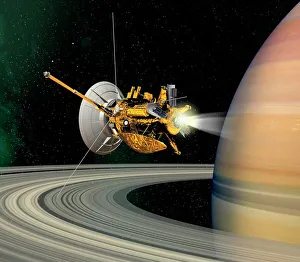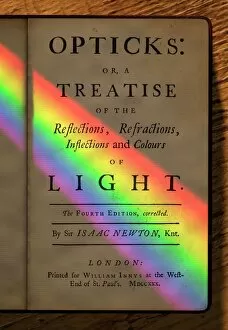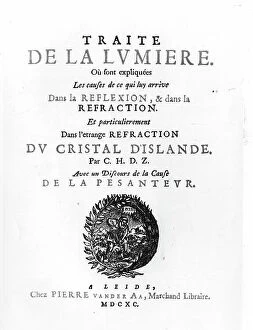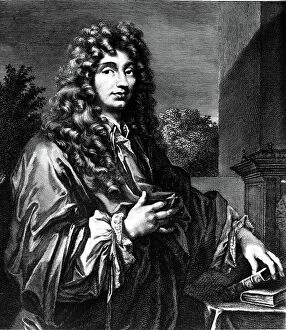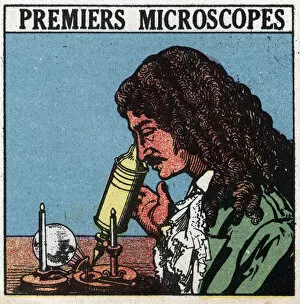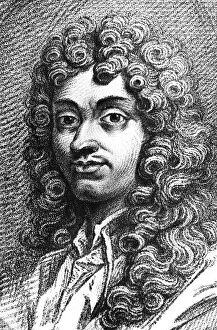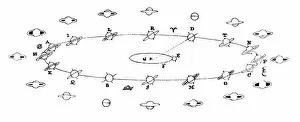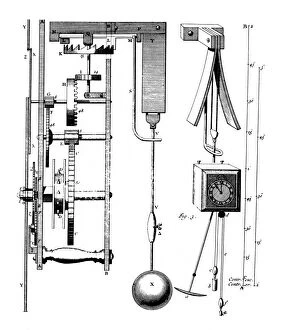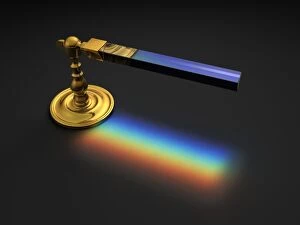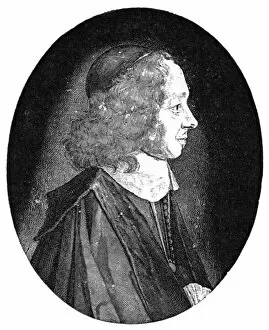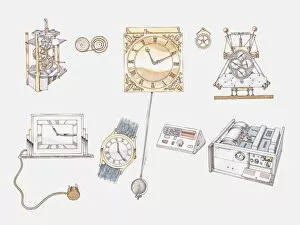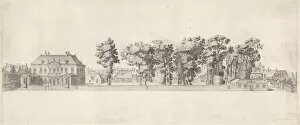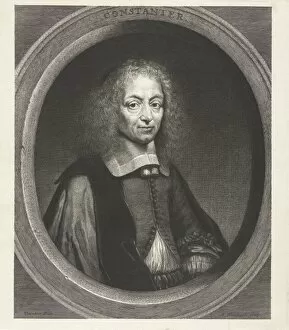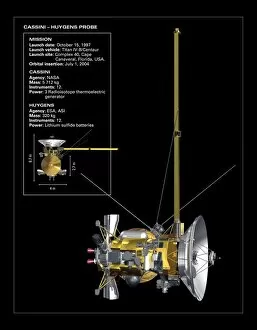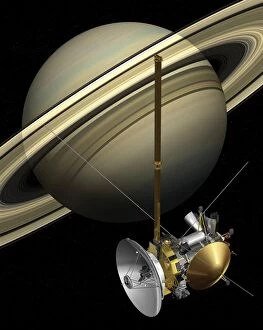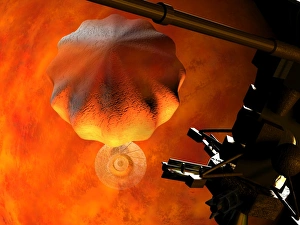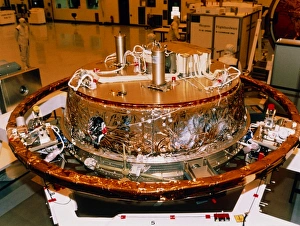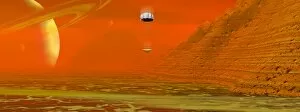Huygens Collection
"Huygens: Unveiling the Wonders of Science and Exploration" Step into the world of Huygens, where scientific curiosity knows no bounds
All Professionally Made to Order for Quick Shipping
"Huygens: Unveiling the Wonders of Science and Exploration" Step into the world of Huygens, where scientific curiosity knows no bounds. From the Cassini-Huygens probe at Saturn to groundbreaking discoveries in optics, this name holds a legacy that spans centuries. Intriguing artwork depicting Newton's Opticks with a mesmerizing color spectrum captures our imagination. It reminds us of Huygens' fascination with light and his experiments using a glass prism to refract the enchanting colors of the spectrum. One cannot forget the monumental moment when the Huygens probe successfully landed on Titan, Saturn's largest moon. This extraordinary achievement opened up new frontiers in space exploration and deepened our understanding of distant worlds. Delving further into history, we encounter some of the first optical instruments used during Christiaan Huygens' time. The microscope he utilized sheds light on his remarkable observations and contributions to science. Huygens' studies also extended beyond optics; he delved into vibratory movements and explored elasticity. His relentless pursuit led him to unravel secrets hidden within nature's intricate mechanisms. The engravings showcasing Christian Huyghens observing "the inclination to movement" remind us of his unwavering dedication to uncovering fundamental truths about our universe. Time takes center stage as we marvel at Christiaan Huygen's invention - a clock featuring a free pendulum in 1657. This ingenious creation revolutionized timekeeping, leaving an indelible mark on horology for generations to come. As we reflect upon these captivating glimpses into Huygens' life and work, it becomes evident that this Dutch mathematician and astronomer left an enduring legacy. His insatiable curiosity propelled humanity forward in its quest for knowledge, forever shaping our understanding of both terrestrial wonders and celestial mysteries alike.

